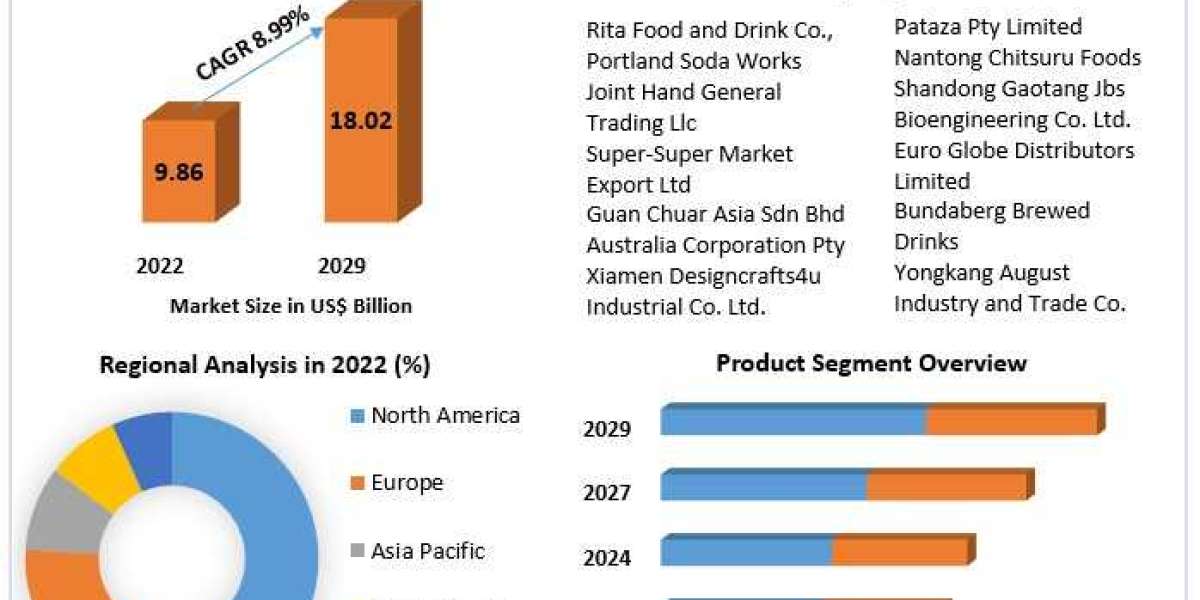In the realm of financial markets, the recent surge in short-volatility trades has reignited memories of the tumultuous events of 2018, often referred to as "Volmageddon." This resurgence has sparked concerns among investors and analysts alike regarding potential market selloffs, especially with the escalating levels of the CBOE Volatility Index (VIX) and the SP 500. Delving into the dynamics behind this phenomenon reveals a complex interplay of factors reshaping the landscape of risk in the financial markets.
One key indicator of the intensification of short-volatility trades is the exponential growth in the assets of derivative-income funds. From a modest $8 billion in January 2021, these funds ballooned to a staggering $72 billion by the end of the following year. This meteoric rise in assets underscores a significant increase in short-volatility exposure among market participants. As more capital flows into these strategies, the potential for market disruptions amplifies, raising concerns among investors and regulators alike.
Central to the surge in short-volatility trades is the growing popularity of the dispersion trade, which came into prominence in 2023. This strategy involves betting on the relative performance of individual stocks within an index, exploiting the variance between their implied and realized volatility. However, as more investors flock to this strategy, the market becomes increasingly crowded, amplifying the risks associated with sudden shifts in volatility.
A crucial aspect of short-volatility trades is their inherent exposure to changes in volatility levels, often measured by the Greek letter "vega." Since January 2018, there has been a notable increase in short vega exposure, indicating a heightened sensitivity to fluctuations in market volatility. This heightened exposure not only magnifies potential gains during periods of low volatility but also exacerbates losses when volatility spikes unexpectedly.
The parallels drawn between the current surge in short-volatility trades and the events of "Volmageddon" in 2018 serve as a stark reminder of the fragility of financial markets. In February 2018, a rapid spike in volatility triggered a cascade of forced liquidations among short-volatility traders, leading to significant market turmoil. While the circumstances may differ, the underlying risks remain pertinent, underscoring the importance of vigilance in monitoring market dynamics.
Amidst the backdrop of escalating volatility levels, market participants are increasingly wary of the potential for a repeat of past episodes of market stress. The interconnectedness of global financial markets means that localized events can quickly propagate across borders, amplifying their impact on broader market sentiment. As such, regulators and investors are closely monitoring developments in short-volatility trades, mindful of their implications for market stability.
Looking ahead, navigating the landscape of short-volatility trades requires a nuanced understanding of market dynamics and risk management practices. While these strategies offer the allure of enhanced returns during periods of calm, they also entail significant downside risks, especially in environments characterized by heightened volatility. As investors weigh the potential rewards against the associated risks, maintaining a balanced and diversified portfolio remains paramount in safeguarding against unforeseen market disruptions.
The recent surge in short-volatility trades has once again brought to the forefront concerns regarding market stability and resilience. With assets of derivative-income funds skyrocketing and short vega exposure on the rise, market participants are treading cautiously amid escalating levels of volatility. While the allure of enhanced returns may be tempting, prudence dictates a measured approach to risk management in navigating the complexities of the financial landscape.



